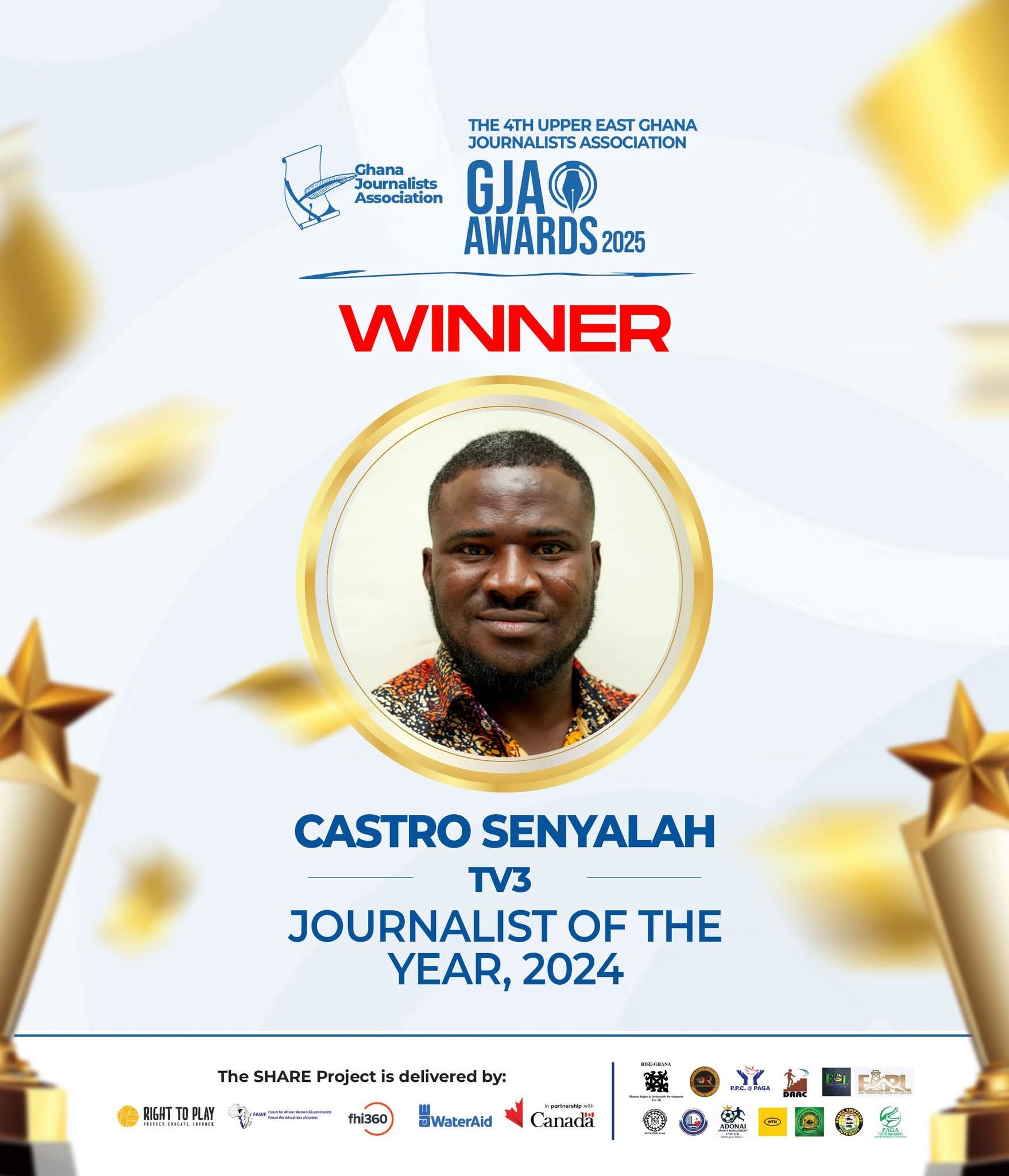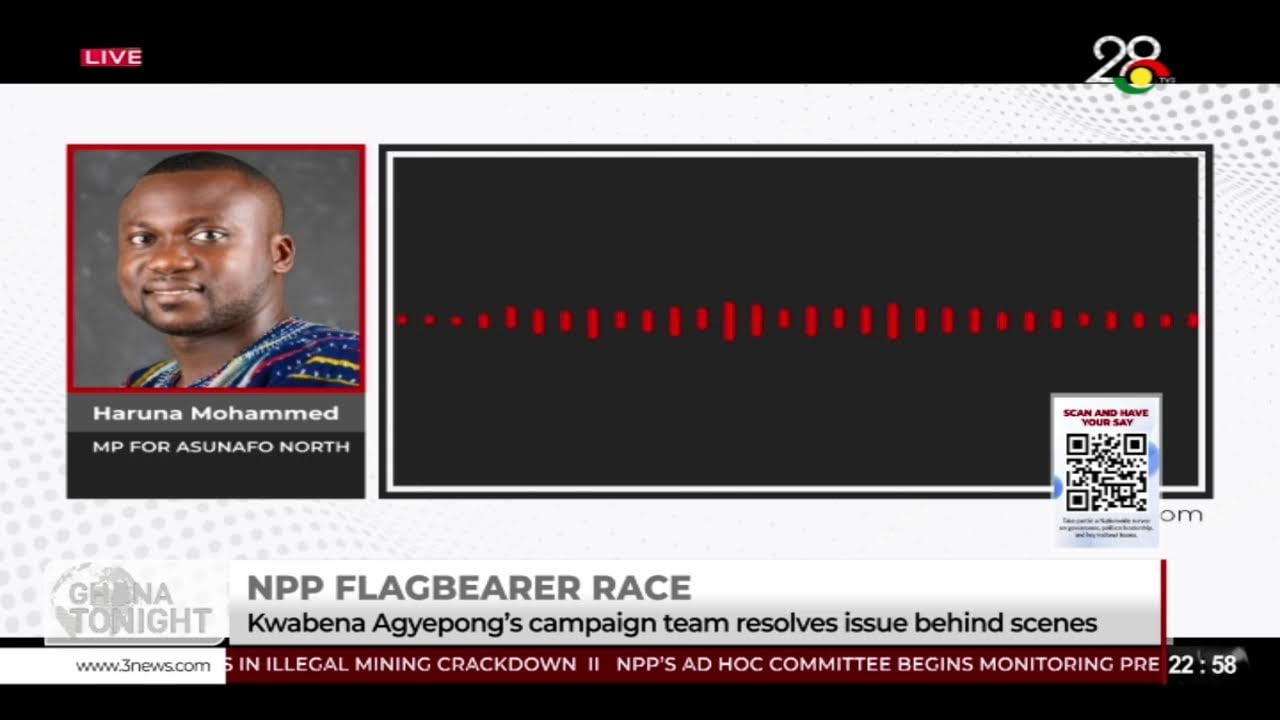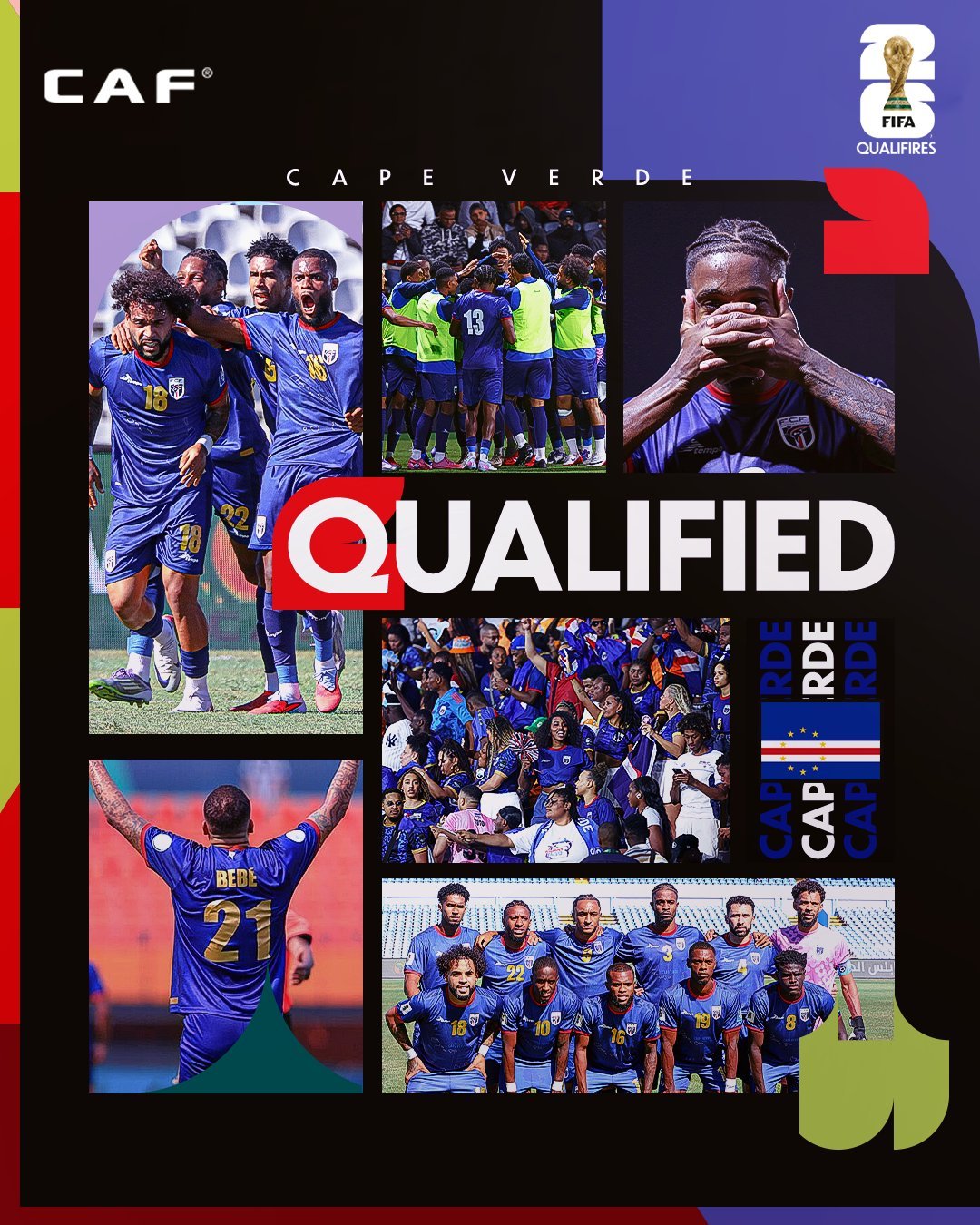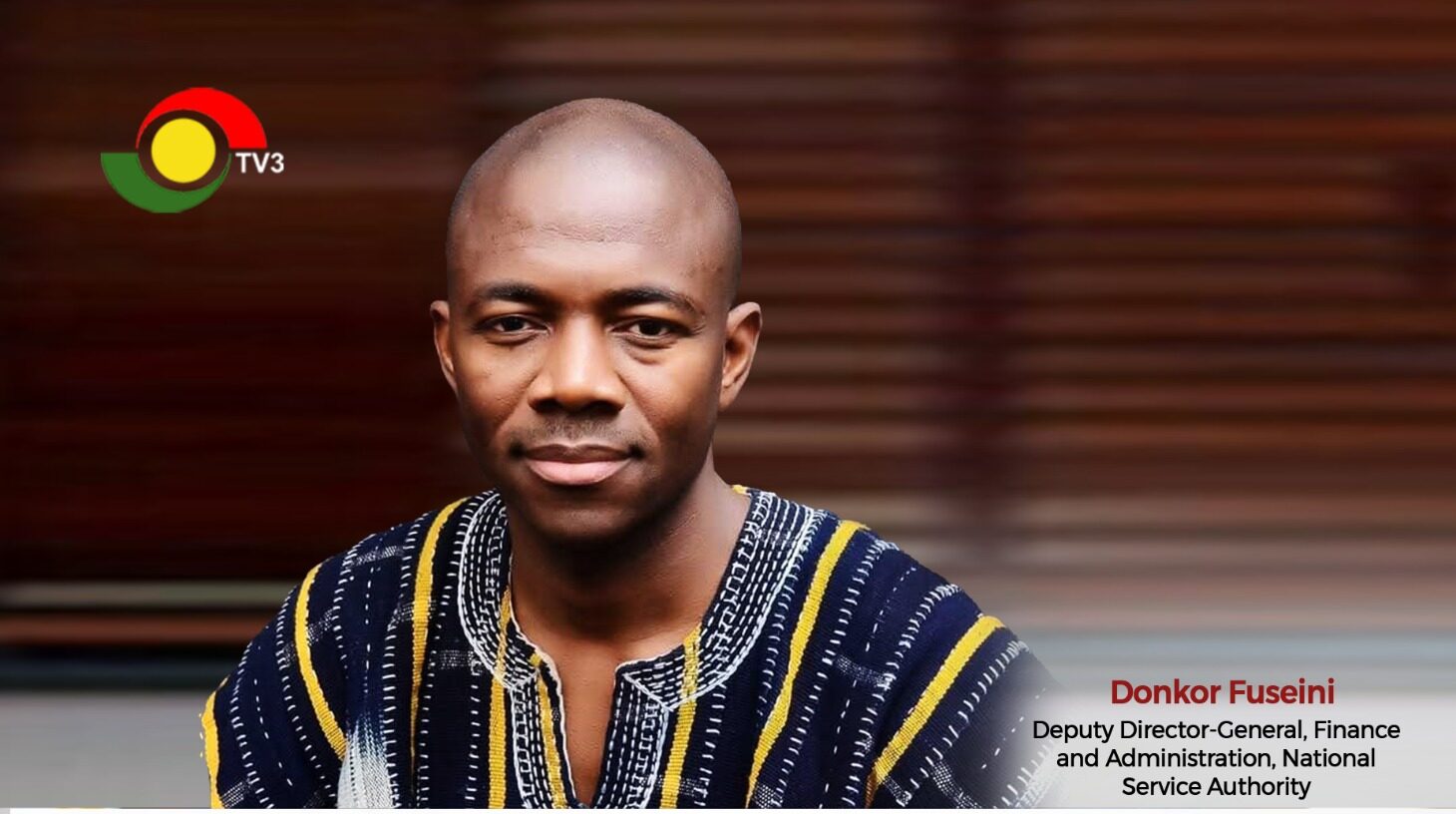
“To get lost is to learn the way.” – African proverb
Life has got this funny way of throwing curveballs at all of us, all the time. This is what inspired the late American song-writer and musician, Waylon Jennings to say “If it ain’t one thing, it’s another one on the way.” This earthly saying, unpolished yet profoundly true, seems to suggest that life is a procession of troubles. It speaks not only to the rhythm of life but to the rhythm of the mind.
And in the world of enterprise, this is not a complaint. It is a reality. Markets shift. Teams evolve. Technologies disrupt. And just as one challenge is resolved, another emerges, often quicker, louder, and more complex.
We all know the rational order of the universe does not distribute fortune according to our preferences. What Jennings names as “one thing” and “another” are merely the continuous unfolding life with positives and negatives.
The universe does not pause its motion to suit our comfort. The sun shines, rains fall, our bodies age, droughts happen, crops fail, etc. But let us be clear, this is neither persecution nor accident, but the very fabric of existence. All that the impediments do is to inspire us to take more actions. As the stoics advocate, “What stands in the way becomes the way.”
We know that the natural law has ordained that we live in a world of secondary causes; where one event precipitates another through the established chains of causation. This is not evidence of divine abandonment but it is just how life works. We live in time.
This means what could happen has to actually happen, one moment at a time. Sadly, some of us, sometimes assume that life would be more wonderful if the obstacles were absent. Too bad. Rather, what we need to appreciate is that each obstacle, is material for us to work upon to bring about the wonderfulness we often envision.
In this sense, challenges are not interruptions to life, but are what makes life meaningful. Every challenge that arrives is aimed at redirecting our attention from aspiring for ordinary things to the extraordinary, and from temporal goods to eternal ones.
The succession of difficulties trains us, as a master trains an apprentice through graduated challenges. As the adage goes, the sculpture requires stone, but great works require adversity. As visionaries and executors, our task is not to eliminate uncertainty, but to build communities and cultures that nourishes and empower people to thrive within it.
Some amongst us can easily misconstrue Jennings says “it’s another one on the way,” to imply a kind of weariness. We can interpret it that one can never rest. Finding yourself in this weariness comes from the false expectation that somewhere ahead of life lies a time of pure rest and tranquillity.
This fantasy is absurd. We have seen enough about life to know that we should not expect anything different tomorrow than today. There will always be challenges, choices, opportunities for giving our best and doing right. Do you ever get tired of breathing because another breath always follows? The succession of challenges is not a curse but simply the structure of our existence.
The purpose of this order of things is to keep us on our toes. It simply informs us that living is a constant balancing act where just as soon as you think you have got one part figured out, something else pops up.
Interestingly, this is where all the growth happens. It nudges us into the arena of leadership, to teach is that it is not the art of avoiding difficulty. Rather it is the discipline of meeting challenge after challenges prepared, composed, and principled. So, let us train ourselves to see each new challenge, not as a disruption, but a summons to aspire for and be great. So let us not fear the next challenge or trouble. Instead, we should let it find us ready. This is our invitation, not to endure, but to elevate. Not to brace for impact, but to shape it.
The bottom-line is a call for us to be resilient. And this act is not about reactiveness. It is an engineering act, for resilience is architectural in its authentic form. Its first teacher is how we breath. It is so natural many of us do not give it any thought. But breathing teaches us the most fundamental lesson about resilience, the necessity of cultivating a cycle in our attitudes towards everything.
It teaches us that resilience is a repetitive act, and not a one off move. Therefore, we have to weave it into how we plan each new day, how we relate, how we communicate, and how we decide. It is the quiet strength we have to demonstrate beneath our bold strategies…
The post The Attitude Lounge with Kodwo Brumpon: The discipline of resilience appeared first on The Business & Financial Times.
Read Full Story


















Facebook
Twitter
Pinterest
Instagram
Google+
YouTube
LinkedIn
RSS